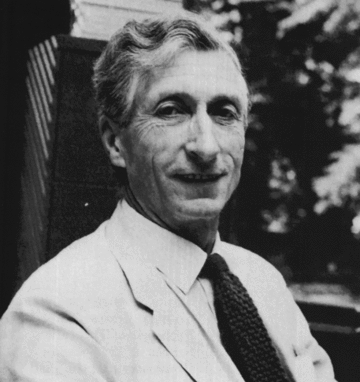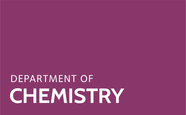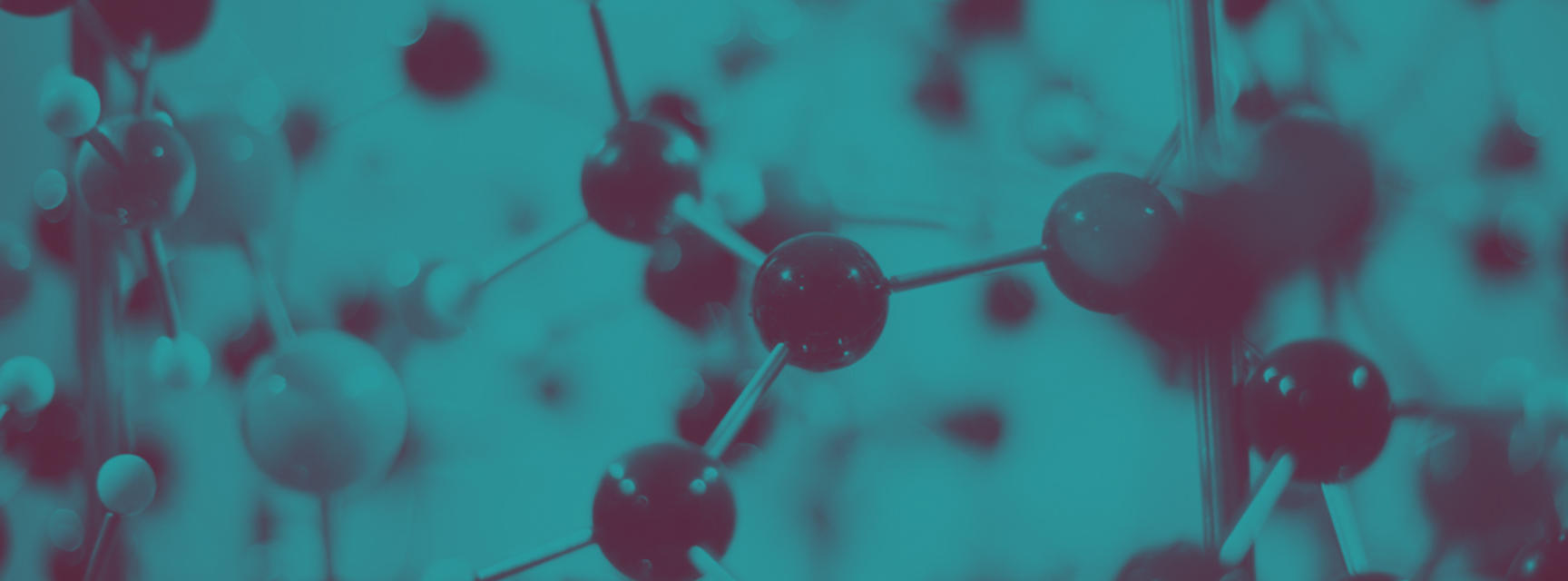Oxford’s first theoretical chemist was Sir Benjamin Brodie (1817-1880), the first occupant of the Waynflete Chair of Chemistry. He devised a ‘chemical calculus’, whose aim was the mathematical prediction of chemical reactions. A theory of chemical kinetics was developed in the late 19th century by the physical chemist Augustus Vernon Harcourt and William Esson, later the Savilian Professor of Geometry. This work was later generalised by Sir Cyril Hinshelwood, who was awarded the Nobel Prize in Chemistry in 1956 for his researches into the mechanism of chemical reactions.
The modern era of theoretical chemistry in Oxford began with Charles Coulson, who came to take up an I.C.I. Fellowship in 1945. He left for a Chair of Theoretical Physics at King's College, London in October 1947, but even in this short time he had a remarkable impact, including among his D.Phil. students Christopher Longuet-Higgins, W. E. Moffitt and Roy McWeeny. In 1952 Coulson returned toOxford as Rouse Ball Professor of Mathematics, and established a large and active research group in the Mathematical Institute.

Charles Coulson
A separate Department of Theoretical Chemistry was established in 1972, with the aid of a generous grant from IBM. It consisted initially of four academics: Charles Coulson together with Mark Child (later to become the second Coulson Professor) who in 1966 had been appointed to the first University Lectureship in Theoretical Chemistry; Douglas Abraham who was appointed to a U.L. in Theoretical Chemistry in 1971 and is now a Professor of Physics, and Ian Grant who held a C.U.F. Lectureship in Mathematics and is now Emeritus Professor of Mathematical Physics. In the Physical Chemistry Laboratory at the same time were the theorists Peter Atkins and Graham Richards (later to become the first Chairman of the unified Department of Chemistry).
Following the untimely death of Coulson in January 1974, funds became available to support three Visiting Professorships, held in 1975 by Rudi Marcus (Illinois, winner of the 1992 Nobel Prize in Chemistry), in 1976 by Roy Gordon (Harvard), and in 1978 by Ben Widom (Cornell). These appointments were later taken as a model for the distinguished Hinshelwood Lecture series in physical and theoretical chemistry, which remain a highlight in the annual calendar of the Physical and Theoretical Chemistry Laboratory.
In 1976 the present Coulson Chair of Theoretical Chemistry was established. The first holder was Norman March, who came to Oxford from a Chair of Theoretical Solid State Physics at ImperialCollege, London. March was succeeded in 1994 by Mark Child, and he in turn by David Logan in 2005.
Theoretical Chemistry had its own building on the south side of South Parks Road from 1972 until 1995, when the department merged with the Physical Chemistry Laboratory to form the Physical and Theoretical Chemistry Laboratory (PTCL).
As befits a broad subject, theoretical chemistry at Oxford also thrived in other sectors of the Chemistry Department, which produced numerous distinguished theorists. John Wilfred Linnett and Michael J. S. Dewar were two early pioneers of applying quantum mechanics to theoretical chemistry who had an association with the University of Oxford, and Linnett was a Demonstrator in the Inorganic Chemistry Laboratory. David Buckingham, later the successor to Christopher Longuet-Higgins as Professor of Theoretical Chemistry at the University of Cambridge, was likewise a member of the Inorganic Chemistry Laboratory where he held a University Lectureship from 1958-65. Sir John Rowlinson was Dr Lee’s Professor of Chemistry and Head of the Physical Chemistry Laboratory from 1974 to 1993. And Paul Madden joined the Physical Chemistry Laboratory in 1984 as a ‘new blood’ Lecturer in Computational Chemistry, and remained in the PTCL until 2005 when he took up a Chair of Physical Chemistry at the University of Edinburgh. Paul Madden returned to Oxford in 2008 as Provst of the Queens College.







